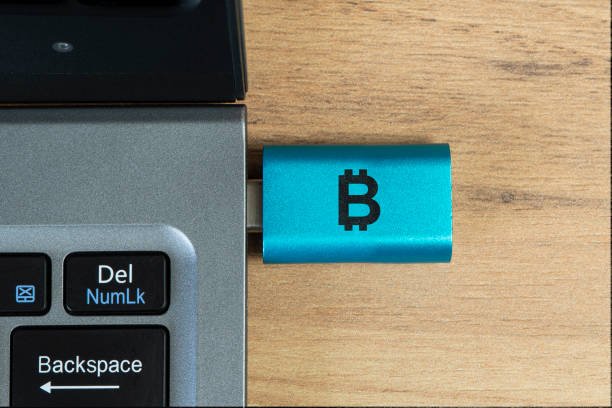INTRODUCTION TO FLASH LOAN?
The idea of recreating the traditional financial system on the blockchain has received a lot of attention in the bitcoin community. Even if they don't agree with the concept, there is intriguing infrastructure being developed in that direction.
Decentralized finance, often known as DeFi, was created with the specific intention of creating a permissionless, decentralized, and transparent financial ecosystem on top of blockchain networks. With the help of money, cryptocurrency demonstrated that it was achievable. Systems like Bitcoin are used to move wealth on a daily basis all around the world.
A new layer is promised by the wave of DeFi technologies. You can now obtain crypto-backed loans, exchange digital assets in a trusted manner, and deposit wealth in coins whose value closely resembles that of conventional money.
We'll examine a particular type of loan in the article that follows: flash loans. These are genuinely distinctive additions to the expanding decentralized finance stack, as we'll see in a moment.
For the only reason that you don't offer any collateral, let's refer to a fast loan as an unsecured loan. However, you are not required to pass a credit check or do anything similar. The lender just responds "yes" when you inquire if you may borrow $50,000 in ETH. You're all set! then you leave.
However, if you are familiar with Ethereum, you will see that the system is quite adaptable, which is why some people refer to it as programmable money. Your transaction "program" for a flash loan can be thought of as consisting of three steps: receiving the loan, using the loan, and repaying the loan. And everything occurs so quickly!
Let's just credit blockchain technology's magic for it. The network accepts the transaction, lending you those dollars momentarily. In the second phase of the transaction, you can take some actions. As long as the money is received in time for phase three, do whatever you like. The network rejects the transaction if they are not, which results in the lender receiving their money back. Actually, they have always had the money according to the blockchain.
That explains why the lender does not demand that you provide collateral. Code is used to enforce the contract to repay.
The problem? Flash loans have to be paid back in one transaction. That is not at all logical, but only because we are accustomed to a transaction style where money is transferred from one user to another. similar to when you make a payment for products or services or when you add tokens to an exchange.
